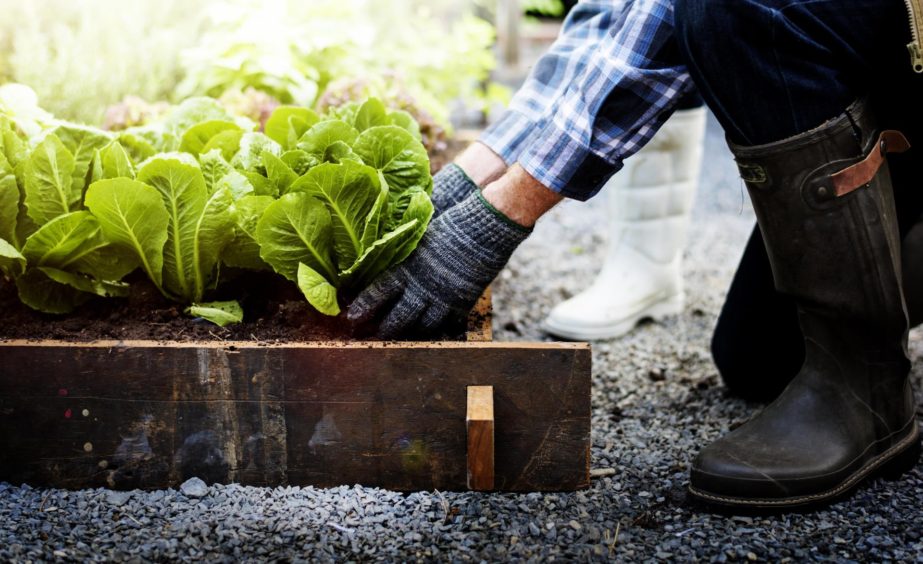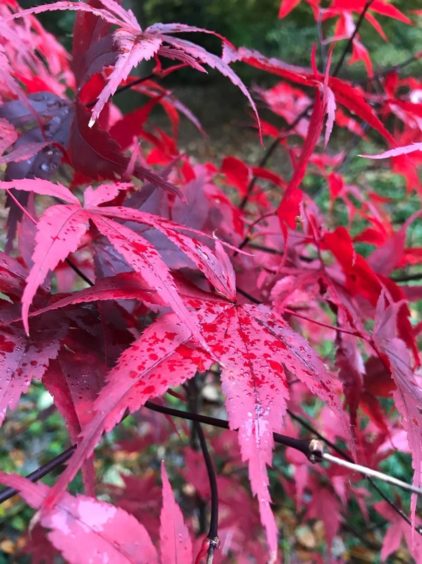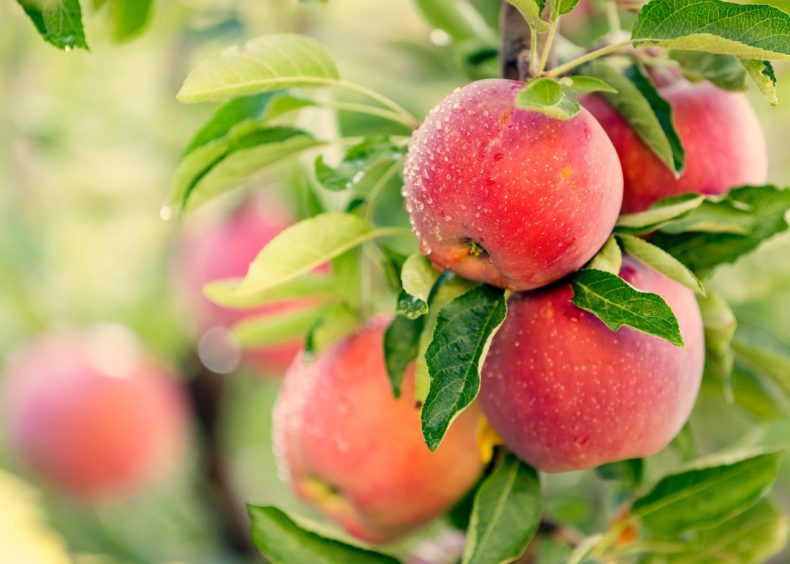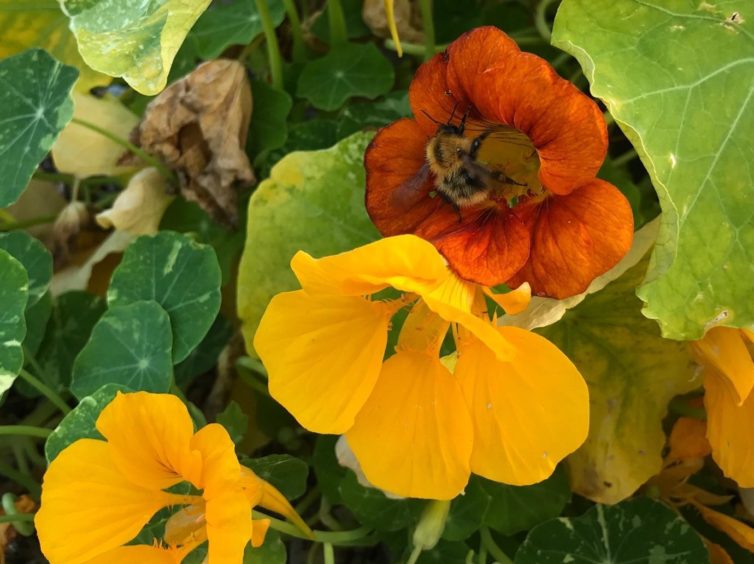Our gardens are constantly evolving spaces.
The young trees and shrubs we add to complete the vision we want of our garden today will eventually grow, cast shade and dry the ground around them.
In time we will then have to look at different kinds of plants more suited to those conditions.
The same can happen when a tree comes down in a storm leaving a large gap or naturally drops a branch flattening the shrubs below it.
Initially it can be sad to lose an old friend, although there has been the occasion when I’ve jumped for joy having not liked what had been growing there in the first place, but once all the damage is tidied up we soon become excited at the new planting opportunities ahead.
There’s still much more to enjoy out in the garden over the coming weeks but I do find that some of the work we carry out this month is actually all about our garden next year.
Garden centres just now are packed with bulbs for making spring displays and are readily being stocked with trees for our garden both ornamental and fruit, something that has been in short supply of this summer.
I’m currently making the odd tweak with my herbaceous perennials focusing on larger clumps which are starting to bully their way into the space of the plants around them, moving them to other parts of the garden to fill in gaps.
Sometimes taking pieces from the edges of plants such as Siberian Irises and Joe-Pye weed- Eupatorium fistulosum- can be enough to keep them in check but there will always come a point every 3-4 years that a complete lift and split, refreshing the soil in the process, will be advised to keep the plants flowering well.
This year I’m carefully splitting them into as many little clumps as possible and then potting them up using some multi purpose compost.
I can still keep the pots outside, especially just now where the late summer sun and heat will help the plant develop some root growth.
Once the weather really starts getting cold and wet during winter I can move them under the cover of an unheated greenhouse or cold frame for that little extra protection if we have a tough winter.
Late summer/ early autumn is also my preferred time for doing work on lawns. I’m pretty decisive with my gardening in that I know what I like but I must admit with my lawns I get torn liking both the traditional British lawn and the natural look.
There’s a lot of effort that has to go in to getting those lush Wimbledon stripes for your front garden.
Mostly that involves applications of fertilisers which I’m not really a fan of doing however with lawn feeds also being available for the organic gardener, I’ll certainly be including them now into my lawn management plan.
We need to remember that these feeds can sometimes just give short term boosts not resolving any of problems our lawns may have.

To have strong healthy plants we need good, healthy soil and the same applies for our lawns.
The first job is to scarify. If you only have a small lawn this is great exercise requiring a bit of effort with a spring-tine rake to remove moss and also a debris called thatch.
Thatch is a fibrous layer naturally building up on our lawns, a small mat can be beneficial but when it becomes too thick it becomes trickier for water to penetrate through to the soil.
As a result grass roots may not receive sufficient moisture and puddles can form on your lawn.
After this, the next task is to aerate, spiking your lawn to a depth of 7cm or 3in to create air channels, allowing oxygen down to the roots which will stimulate them and also improve drainage.
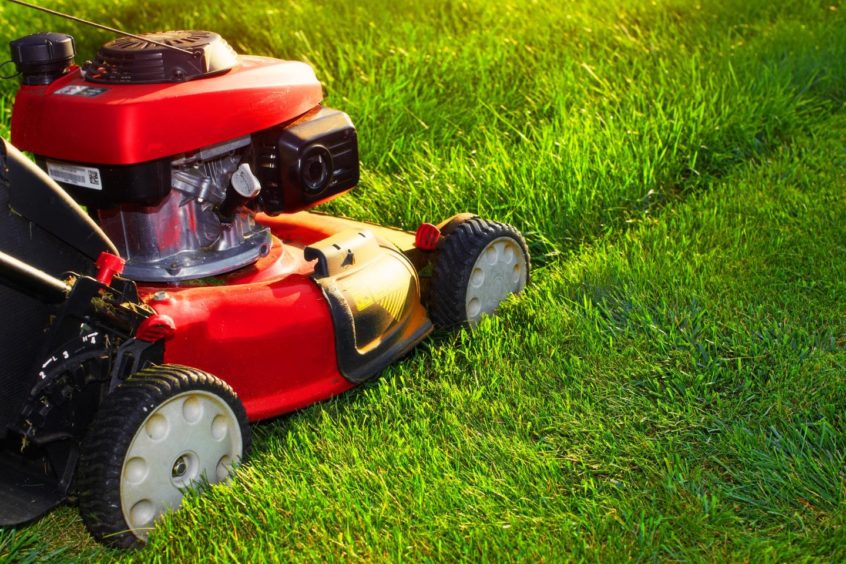
The good news is you only really need to carry out this task where there are areas of compaction like on a well-trodden path or an area regularly used.
For those with larger lawns you can hire machinery to carry out both of these tasks from your local garden machinery centre.
The final task is to sow grass seed on bare patches already present or resulting from scarifying.
I like to get in fast with this job before any weed seeds seek to make this a home for themselves, giving you a further lawn headache later.
At the other end of the scale I also like to treat the lawn in my front garden as ‘no-mow’, letting the grass grow long in managed way so I can enjoy the wildflowers and the wildlife the habitats this creates.
Not so much work required during the summer here except for cutting a strip around the edge to frame this feature and a meandering path through it. September is usually the month I like to give it it’s one and only cut to tidy up for the winter.
I still cant make up my mind which one I like best, thankfully I’m lucky enough to have the space to do both!

